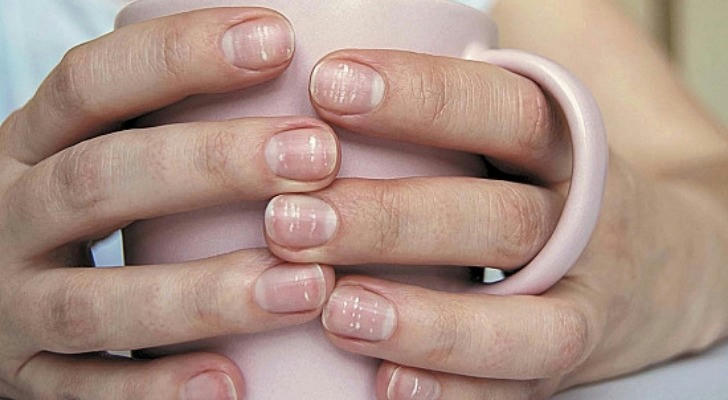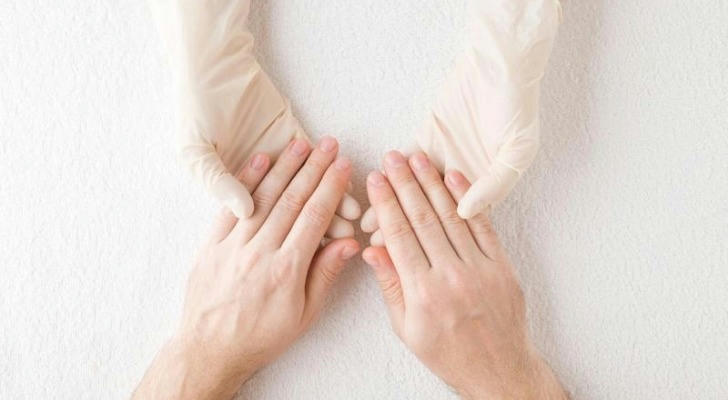When to Seek Medical Help for Nail Problems
Nails often reflect more than personal grooming habits—they can signal internal health issues. While many nail concerns are cosmetic and manageable at home, some changes may point to underlying medical conditions that require professional attention. Recognizing these signs early can make a significant difference in treatment outcomes.
This article outlines common nail problems, explains when to seek help from a healthcare provider, and offers practical insights based on science and professional recommendations.

Understanding What’s Normal
Healthy nails are typically smooth, slightly curved, and consistent in color. Minor variations can occur due to age, daily habits, or exposure to environmental elements like water and chemicals. Temporary issues such as peeling or minor discoloration may not always signal a serious problem. However, persistent or worsening changes deserve closer examination.
Nail Changes That May Indicate Medical Issues
1. Persistent Discoloration
Nails that turn yellow, green, brown, or black and stay that way over time may suggest:
- Fungal infections — Often result in yellowing or thickening (source: Centers for Disease Control and Prevention).
- Bacterial infections — May cause greenish or dark discoloration.
- Melanoma — A serious condition that can cause dark streaks or spots under the nail.
Sudden or expanding discoloration should be evaluated by a dermatologist or healthcare provider.
2. Unusual Nail Shape or Texture
Changes in shape or thickness may signal issues beyond the nail bed:
- Clubbing — Nails curve downward and fingertips enlarge; often associated with lung or heart conditions.
- Pitting — Small dents or depressions may be linked to psoriasis or alopecia areata.
- Spoon-shaped nails (koilonychia) — May be caused by iron deficiency anemia.
If changes in shape appear without known cause, medical evaluation is recommended.
3. Pain, Swelling, or Redness Around the Nail
These symptoms often point to an infection or inflammation, including:

- Paronychia — Infection of the skin around the nail caused by bacteria or yeast.
- Ingrown nails — Often painful and swollen; untreated cases may lead to more severe infections.
Persistent discomfort or visible inflammation requires professional care, especially if home treatments have failed.
4. Separation of the Nail From the Nail Bed (Onycholysis)
Nails lifting away from the nail bed can result from trauma, allergic reactions to products, or medical conditions such as thyroid disease. If detachment occurs repeatedly or without obvious cause, a medical consultation can help identify the underlying issue.
5. Visible Ridges or Lines
Some nail lines are harmless, like vertical ridges that increase with age. However:
- Beau’s lines — Horizontal depressions across the nail can indicate serious illness, high fever, or trauma.
- Muehrcke’s lines — Paired white lines under the nail plate may suggest nutritional deficiencies or kidney/liver issues.
Persistent or pronounced lines deserve a closer medical look.
When Timing Matters
Some nail changes may worsen quickly or be linked to systemic symptoms. Consider seeking medical help promptly if nail abnormalities appear along with:
- Fever
- Fatigue
- Unexplained weight loss
- Skin rashes
- Joint pain
These signs can point to autoimmune or systemic conditions.
Common Misconceptions
Many people assume nail damage is always caused by poor nail care. In reality, certain habits can worsen nail health, but they rarely explain chronic or severe symptoms.
Examples:
- Overusing gel or acrylic treatments can thin the nail plate but doesn't usually cause nail loss.
- Nail biting may introduce bacteria but is unlikely to cause discoloration or thickening on its own.
When problems persist despite stopping harmful habits, it’s time to consult a professional.
What Type of Doctor Should Be Seen?
For nail-related concerns, the best first step is usually a dermatologist. Dermatologists specialize in skin, hair, and nail health and can identify issues ranging from infections to signs of internal disease. In cases where a systemic condition is suspected, they may refer the patient to an internist or another specialist.
Podiatrists can also assist when nail issues affect the toenails or foot health, especially if walking becomes painful or difficult.
How Nail Health Is Evaluated
A medical professional may:

- Conduct a visual examination of the nails and surrounding skin.
- Ask about recent health changes, medications, or lifestyle habits.
- Perform lab tests, such as fungal cultures or blood work, if an internal condition is suspected.
- Take a biopsy in rare cases to rule out cancer or other conditions.
These assessments help ensure accurate diagnosis and targeted treatment.
Taking Care of Nails Between Visits
While awaiting a medical appointment or monitoring symptoms, the following habits support nail health:
- Keep nails trimmed and clean.
- Avoid biting or picking at cuticles.
- Wear gloves during cleaning or prolonged water exposure.
- Use fragrance-free moisturizers on hands and nails.
- Avoid sharing nail tools.
Good hygiene can prevent infections and help maintain baseline nail integrity.
Final Thoughts
Nails can reveal important clues about overall health. While not every change requires medical attention, knowing when to act can prevent complications. Persistent, painful, or unexplained nail symptoms should not be ignored. Seeking professional advice can provide answers, improve comfort, and in some cases, uncover more serious health concerns.
Awareness and regular self-checks are the first steps toward better nail—and overall—wellness.
